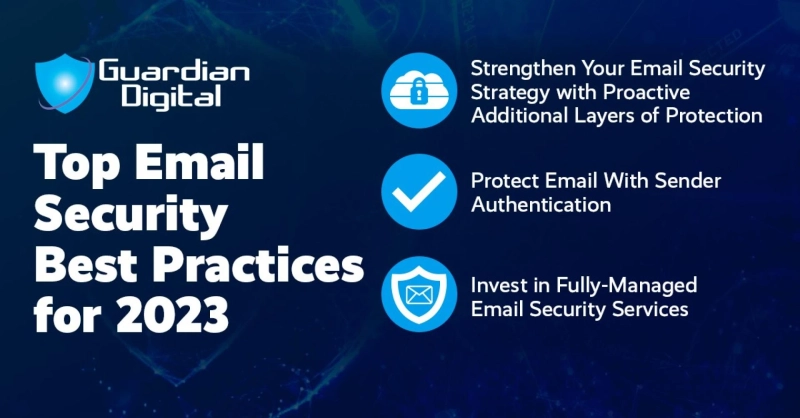In today's digital age, email has become a critical communication tool for individuals and businesses alike. However, with the rise of cyber threats such as phishing, malware, and social engineering, the security of email accounts is more important than ever. Compromised email accounts can lead to data breaches, financial loss, and reputational damage. To protect yourself and your organization from these risks, it's essential to implement robust strategies to prevent compromised email accounts. In this guest post, we'll explore effective strategies and best practices for enhancing email security and thwarting cyber threats.
Enable Two-Factor Authentication (2FA):
Two-factor authentication adds an extra layer of security to your email accounts by requiring two forms of verification before granting access. This typically involves entering a password and a one-time code sent to your mobile device. Enable 2FA for all your email accounts to prevent unauthorized access, even if your password is compromised.
Educate Users on Phishing Awareness:
Phishing attacks are one of the most common methods used to compromise email accounts. Educate users within your organization on how to recognize phishing emails and avoid falling victim to them. Teach them to scrutinize email sender addresses, avoid clicking on suspicious links or attachments, and verify requests for sensitive information through alternative channels.
Implement Email Filtering and Spam Protection:
Utilize email filtering and spam protection solutions to automatically detect and block malicious emails before they reach users' inboxes. These solutions employ advanced algorithms and threat intelligence to identify and quarantine suspicious emails, reducing the risk of email account compromise due to phishing or malware.
Regularly Update and Patch Email Software:
Keep your email software and applications up to date with the latest security patches and updates. Software vendors frequently release patches to address vulnerabilities and security flaws that could be exploited by cyber attackers. Regularly update your email clients, servers, and security software to protect against known threats.
Conduct Regular Security Audits and Assessments:
Perform regular security audits and assessments of your email systems to identify potential vulnerabilities and weaknesses. This includes reviewing access controls, configuration settings, and user permissions to ensure they align with best practices and security standards. Address any identified issues promptly to mitigate the risk of email account compromise.
Use Email Encryption for Sensitive Communications:
Encrypt sensitive or confidential email communications to protect them from unauthorized interception or access. Email encryption scrambles the contents of emails, making them unreadable to anyone without the decryption key. Implement email encryption solutions to safeguard sensitive data transmitted via email and prevent unauthorized disclosure.
Conclusion:
By implementing these strategies and best practices, you can strengthen your defenses against cyber threats and prevent compromised email accounts. Remember that email security is an ongoing process that requires vigilance, education, and proactive measures. Don't let cyber threats win – take action today to protect yourself and your organization from the risks associated with compromised email accounts.


